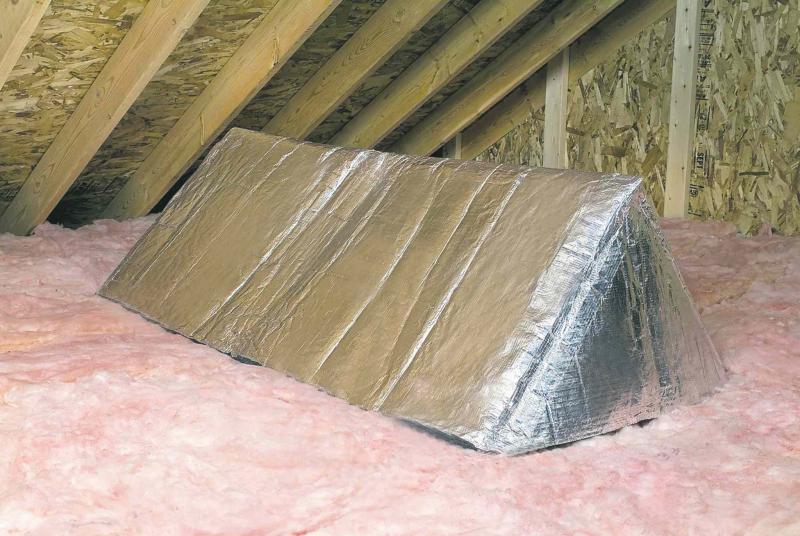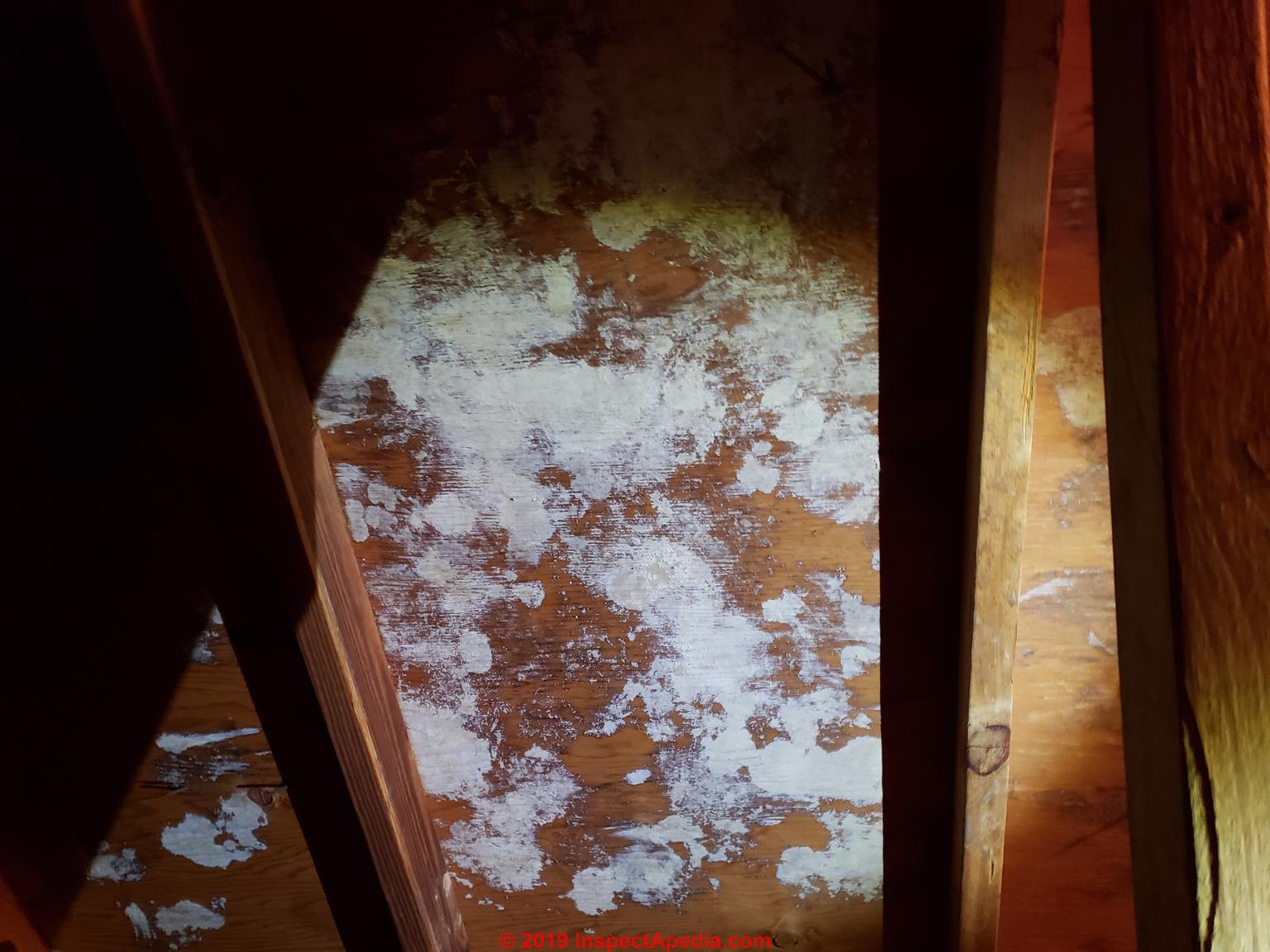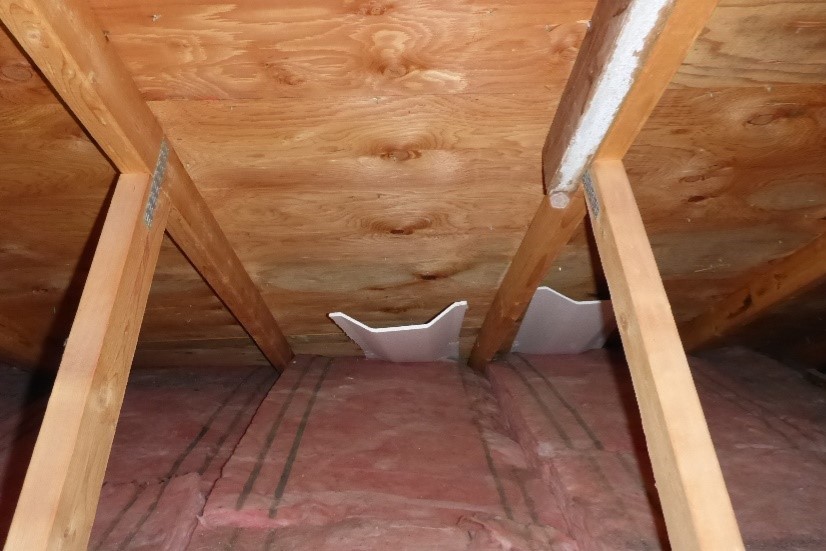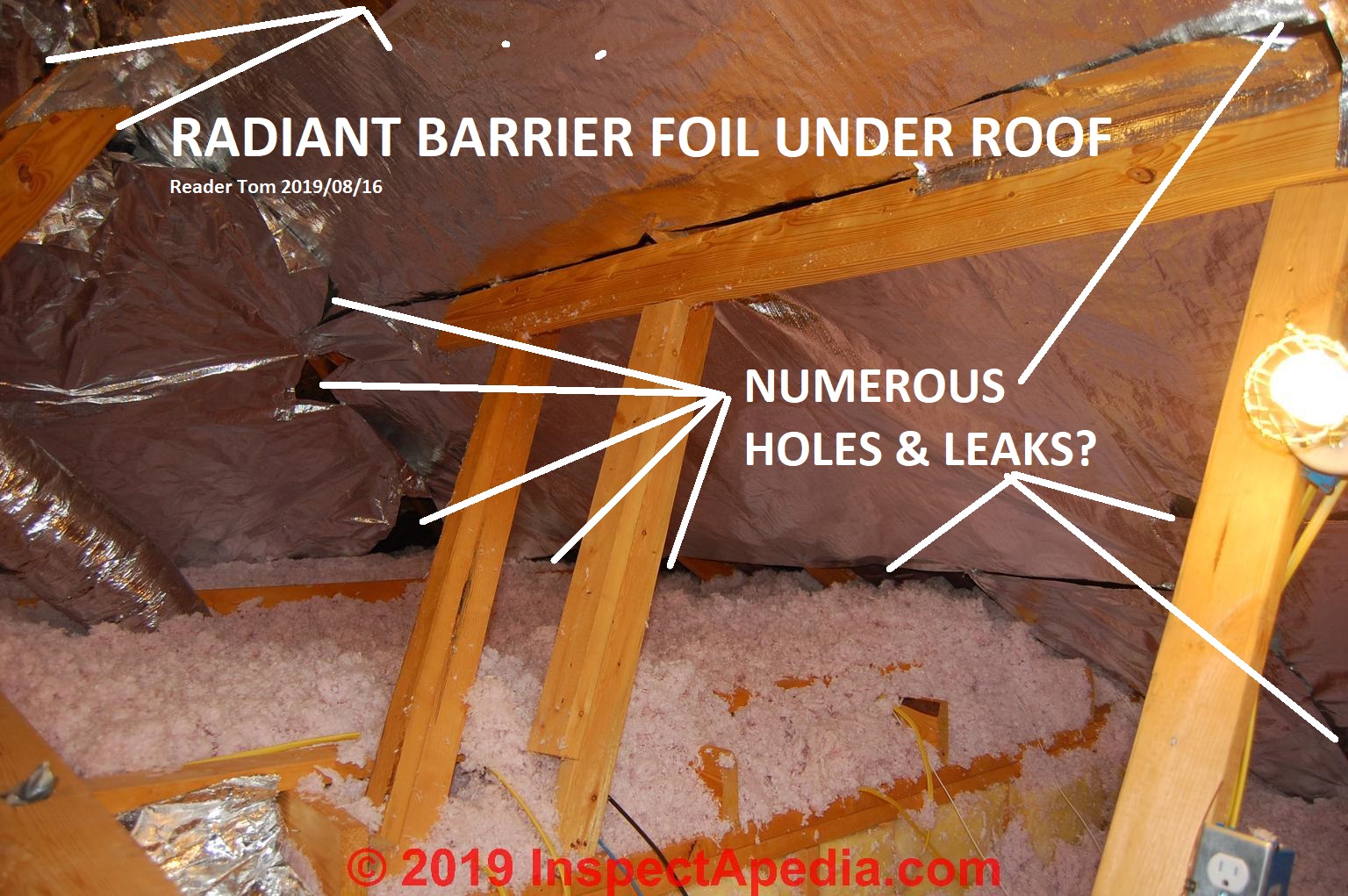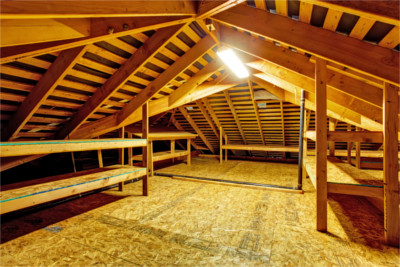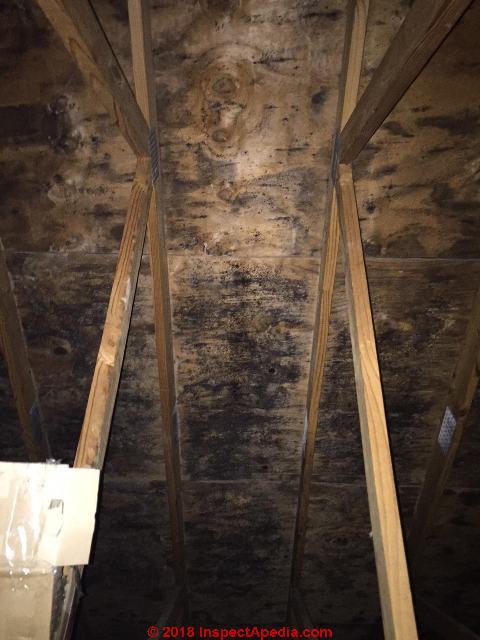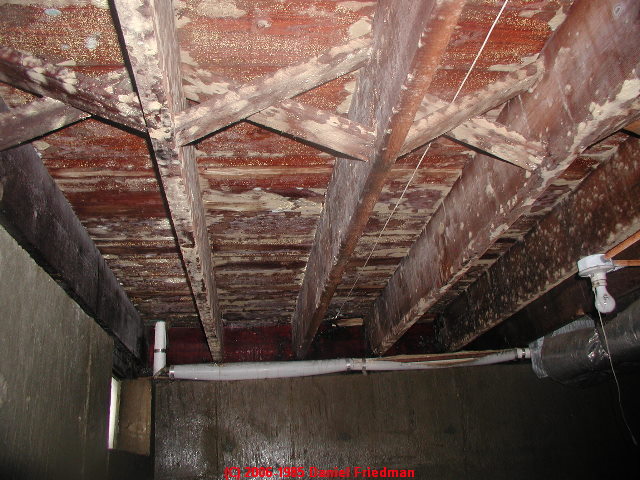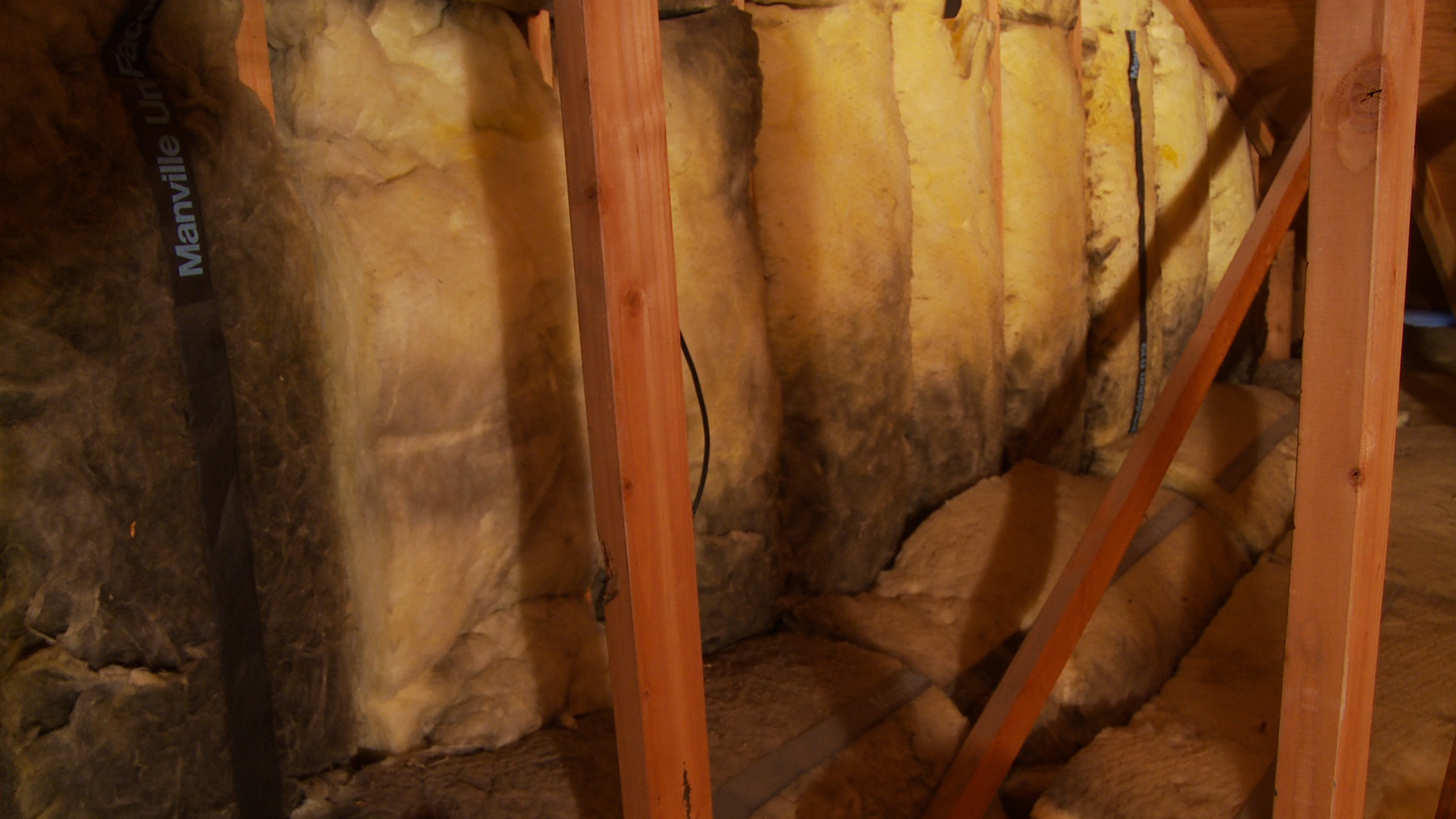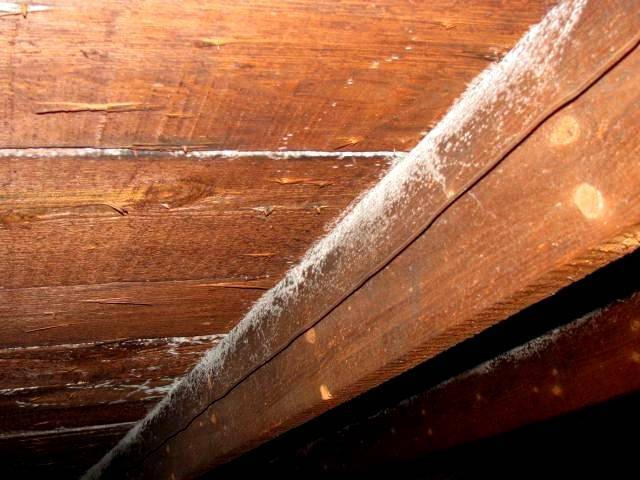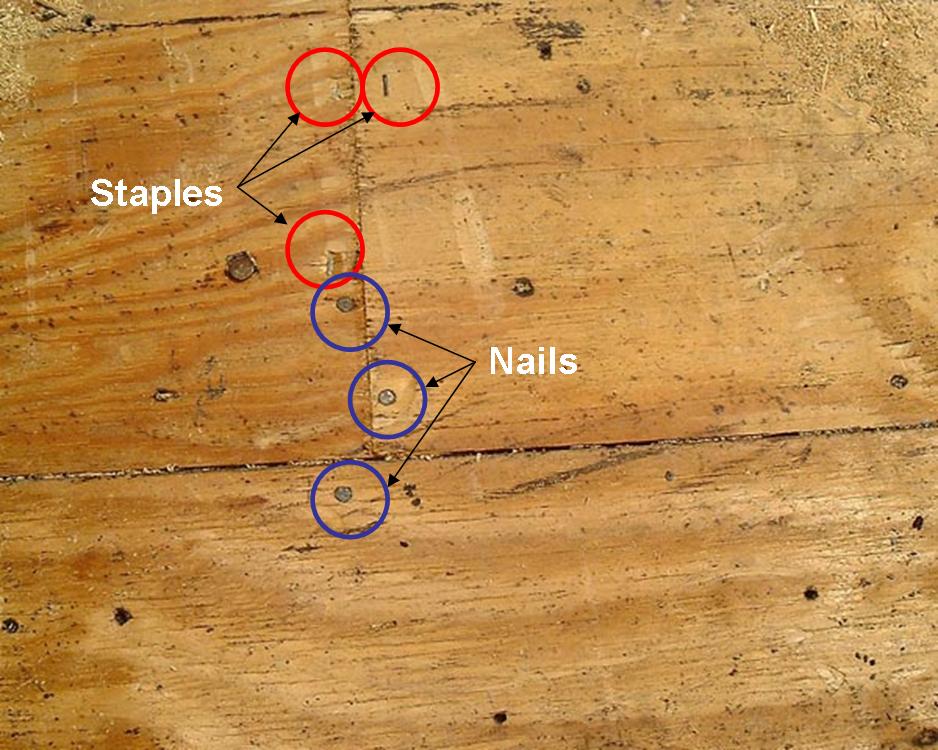Black Markings On Attic Sheathing

In this photo of very dark mold in an attic in a wet attic mold which we found to be brown in the microscope looked black on the plywood.
Black markings on attic sheathing. The black attic mold shown here confirms that this attic had a serious venting and moisture problem including moisture from sources lower in the building. In the vast majority of cases the mold growth is caused by condensation. If the wood is soft if it s easily imprinted when you push on it it s probably rotten. The roof had ridge vents as well as soffit vents and.
This can be caused by the action of fungal growth and molds and the affect they have on the tannins in the wood. In addition to dark spots at the drywall nails and or screws in the ceiling there were also dark outlines of the ceiling joists in many areas of the house. Black mold in attics. This occurs when the temperature of the sheathing drops below the dew point creating a thin layer of moisture on the substrate.
The new roof doesn t help much most of the moist air is likely coming up from below. The following picture is of a long standing moisture condition in an attic where much of the roof sheathing has turned black. If the dark surface of the wood smudges it could be mold. This happens due to trapped damp air often in the late fall or early winter.
Mold on attic sheathing. In old houses you ll usually see some spots that are stained dark or black where there was a roof leak at some point in time which was repaired but the stain remains. When moisture condenses on plywood roof sheathing repeatedly or continuously the wood will turn black. Inspected a house today built in 1991.
Mold growth on attic roof sheathing is a common issue in cool climates such as the pacific northwest. Attic moisture and poor ventilation are the causes. When this humid relatively warm air cannot escape the attic space before the temperature drops condensation can occur.






